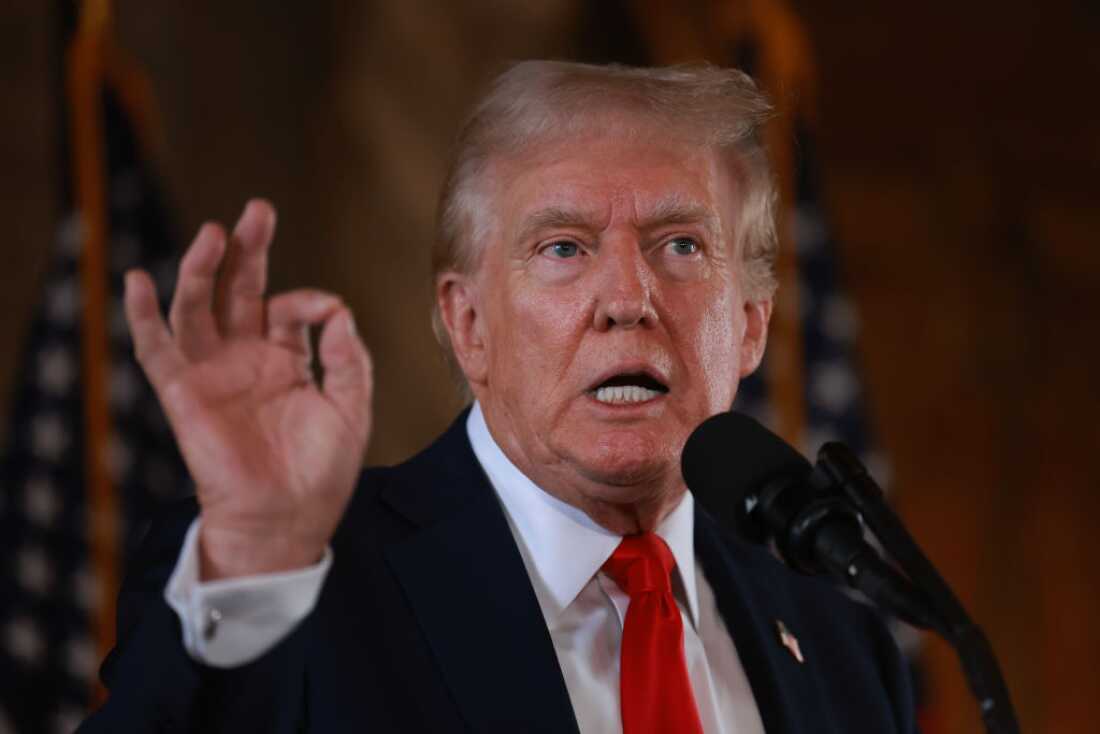Despite numerous internal and external pressures, the U.S. economy continues to demonstrate strength, surprising analysts who have predicted downturns that have yet to fully materialize.
During the last few years, the economy of the United States has faced numerous challenges, ranging from worldwide health emergencies and geopolitical tensions to ongoing inflation, supply chain issues, and political disputes that have affected investor confidence. Nevertheless, despite these challenges, the economy has consistently demonstrated its strength, showing growth in situations where it was expected to stumble. This continuous performance has stirred discussions among economists, government officials, and business leaders regarding the fundamental factors that sustain economic stability in the USA.
The impact of worldwide challenges and national instabilities
When the pandemic first spread across the globe, most forecasts assumed the U.S. economy would experience prolonged damage. However, aggressive fiscal stimulus, swift adaptation by businesses, and innovative shifts in consumer behavior helped cushion the blow. While other nations faced longer recessions, the United States managed to rebound more quickly, surprising even seasoned financial experts.
As inflation became the next dominant concern, the Federal Reserve raised interest rates at a pace not seen in decades. Many feared such measures would slow economic activity dramatically or lead to widespread job losses. Instead, while certain sectors cooled, overall employment remained strong, and wages continued to rise in several industries. This combination of tight labor markets and consumer spending power defied traditional expectations about how an economy should react under these conditions.
Moreover, international conflicts and trade disputes added another layer of strain, particularly in energy markets and agricultural exports. Yet the U.S. economy adapted, diversifying its supply chains and leaning on domestic production where possible. While price fluctuations did create hardship for households and businesses, the broader economy sustained forward momentum.
Consumer confidence and business adaptability
An unmistakable sign of strength has been the ongoing trust shown by U.S. consumers. Even though news outlets have cautioned about possible declines, individuals have continued their purchasing patterns, especially in sectors like tourism, leisure, and shopping. This expenditure, albeit moderated by increased costs, has sustained robust demand and encouraged companies to persist in investing in operations and growth.
American corporations have shown an impressive ability to adjust. Through digital evolution, remote work adoption, or optimized logistics, companies have reorganized themselves to overcome obstacles. Numerous businesses, especially those that are small and medium-sized, have discovered creative methods to reduce expenses while satisfying client demands. This entrepreneurial flexibility has been crucial in mitigating economic impacts that could have otherwise resulted in a downturn.
Another aspect is the continuous arrival of industries and startups driven by technology. Domains such as AI, green energy, and biotech have boosted employment and investment prospects, balancing out declines in more conventional areas. These engines of expansion not only enhance the present stability but also indicate a future economic shift that may protect the nation from upcoming challenges.
The continual discussion regarding environmental responsibility
Although the strength of the U.S. economy is clear, there are ongoing debates about how sustainable this robustness truly is. Detractors claim that significant government debt, ongoing inflation, and increasing inequality might ultimately undermine the basis of stability. Meanwhile, some highlight the possibility of international financial disturbances, environmental issues, or emerging geopolitical tensions posing new challenges to the system’s resilience.
Nevertheless, proponents argue that throughout its history, the American economy has demonstrated resilience in overcoming challenges, often coming out more robust following times of upheaval. They underscore the importance of creativity, consumer resilience, and institutional flexibility as fundamental elements that propel advancement, even during unpredictable periods.
The reality probably exists in a balance between these viewpoints. Although the risks cannot be dismissed, the possibilities for ongoing progress and transformation are equally present. What distinguishes the United States is not the lack of obstacles but its ability to handle them and discover new directions for advancement.
Ultimately, the narrative of the American economy is not centered on being undefeatable but rather on its ability to recover and endure. Every challenge highlights the balance between danger and flexibility, between adversity and potential. As long as these factors persist, forecasts of a downfall may continue to be deemed hasty.





